
IN CONVERSATION WITH SOPHIE THATCHER
Sophie Thatcher, best known for her role in the critically acclaimed series…
Photography by Jason Renaud; Interview by Louise Garier
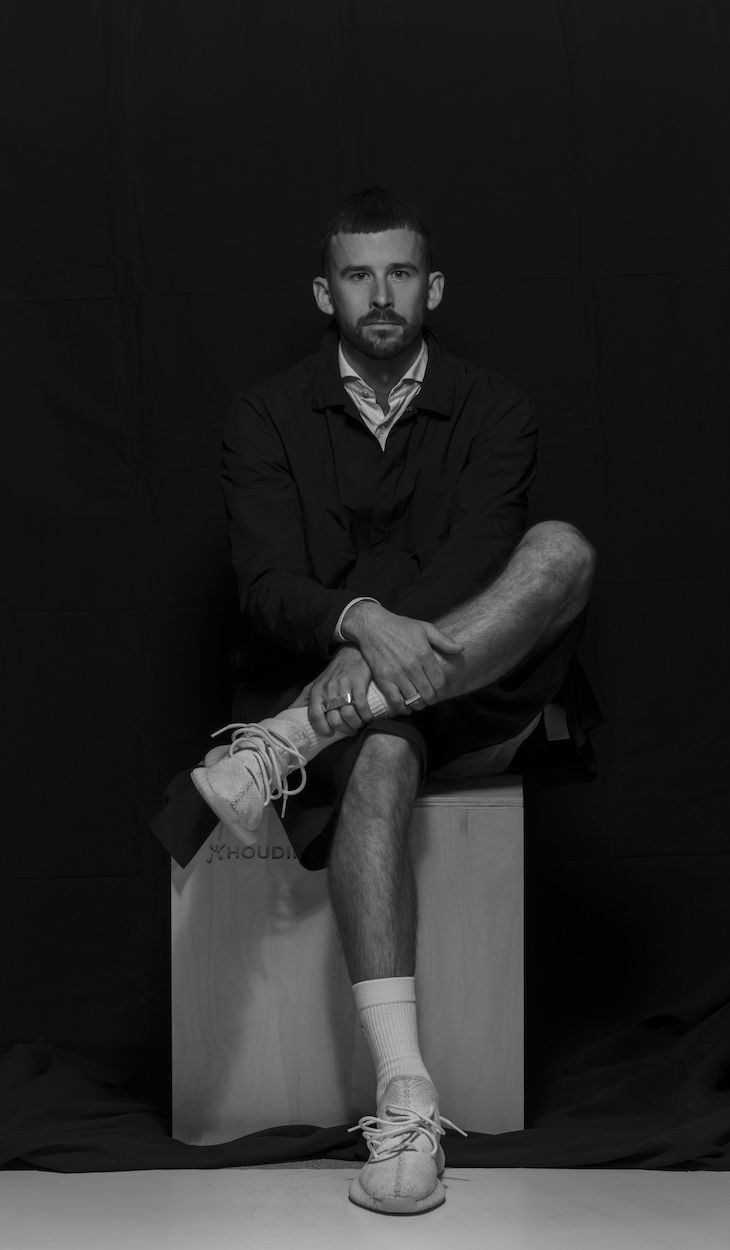
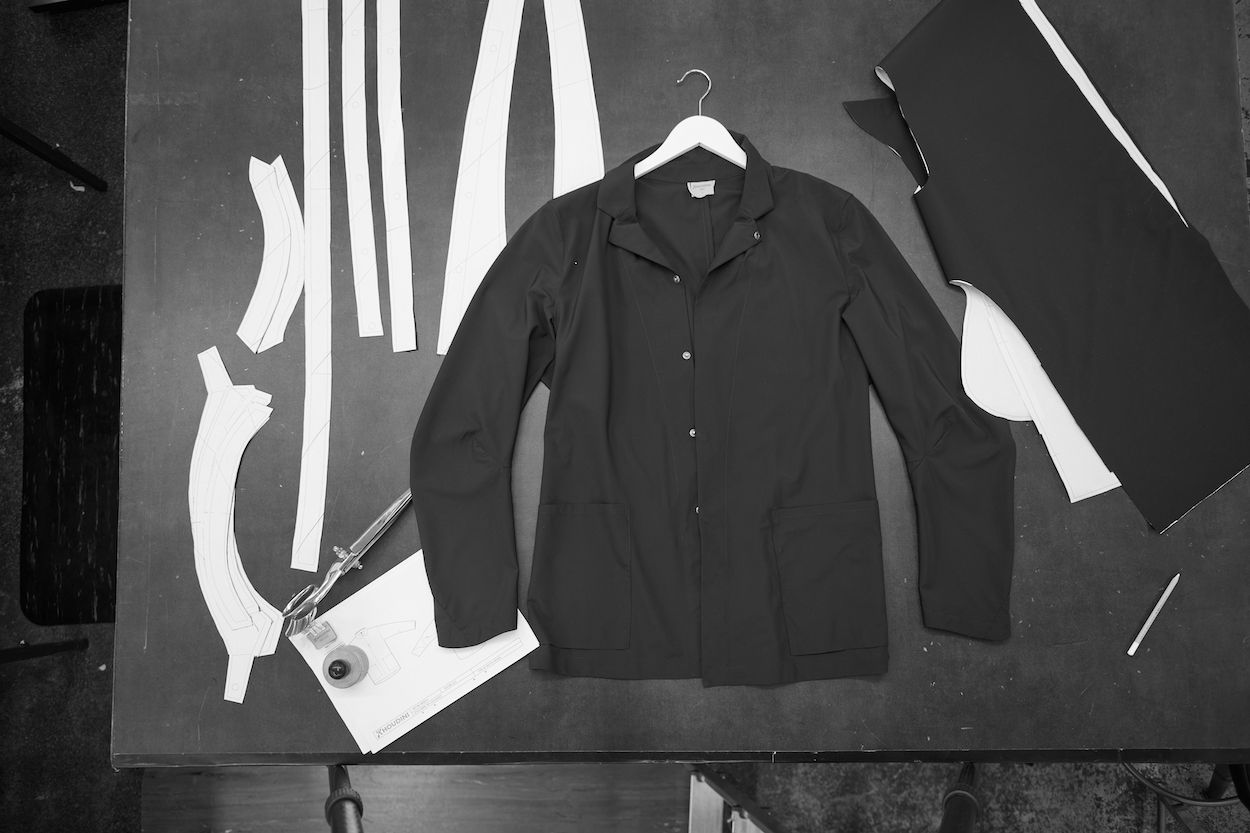
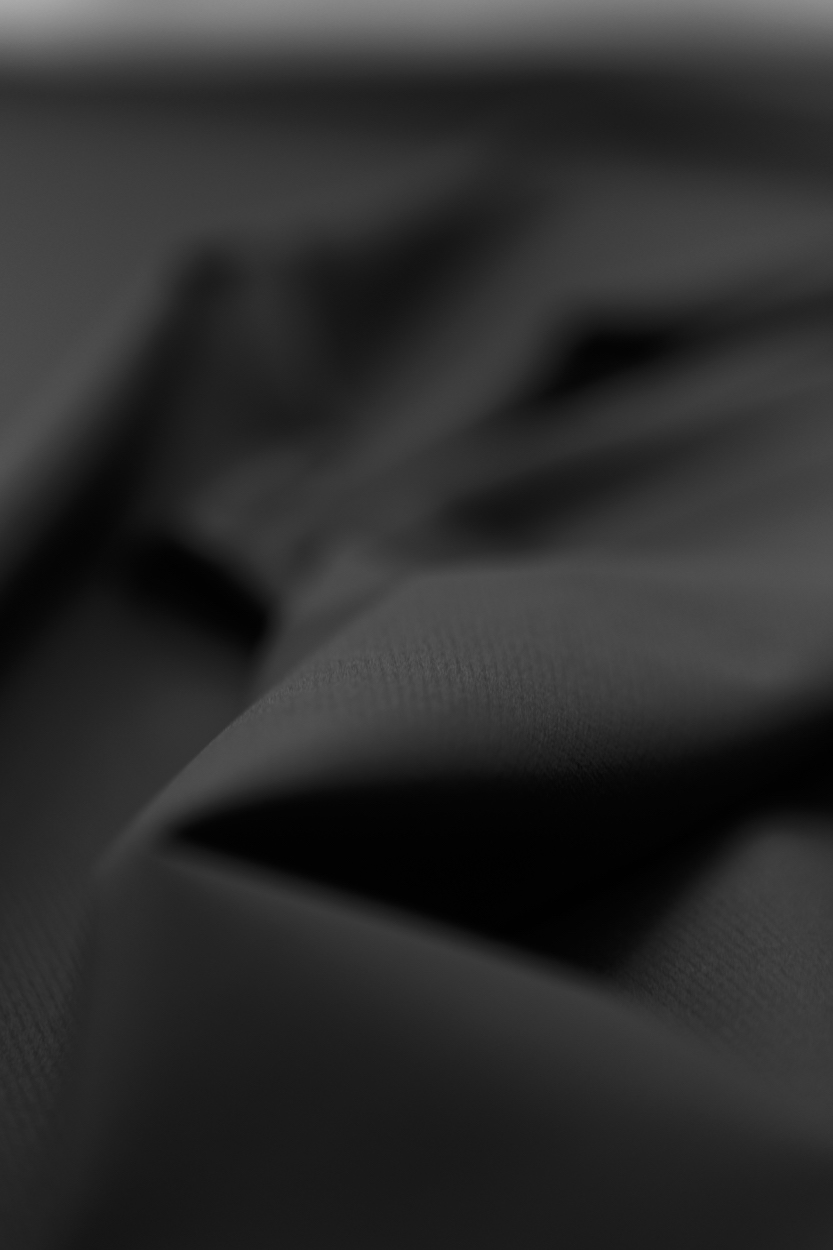
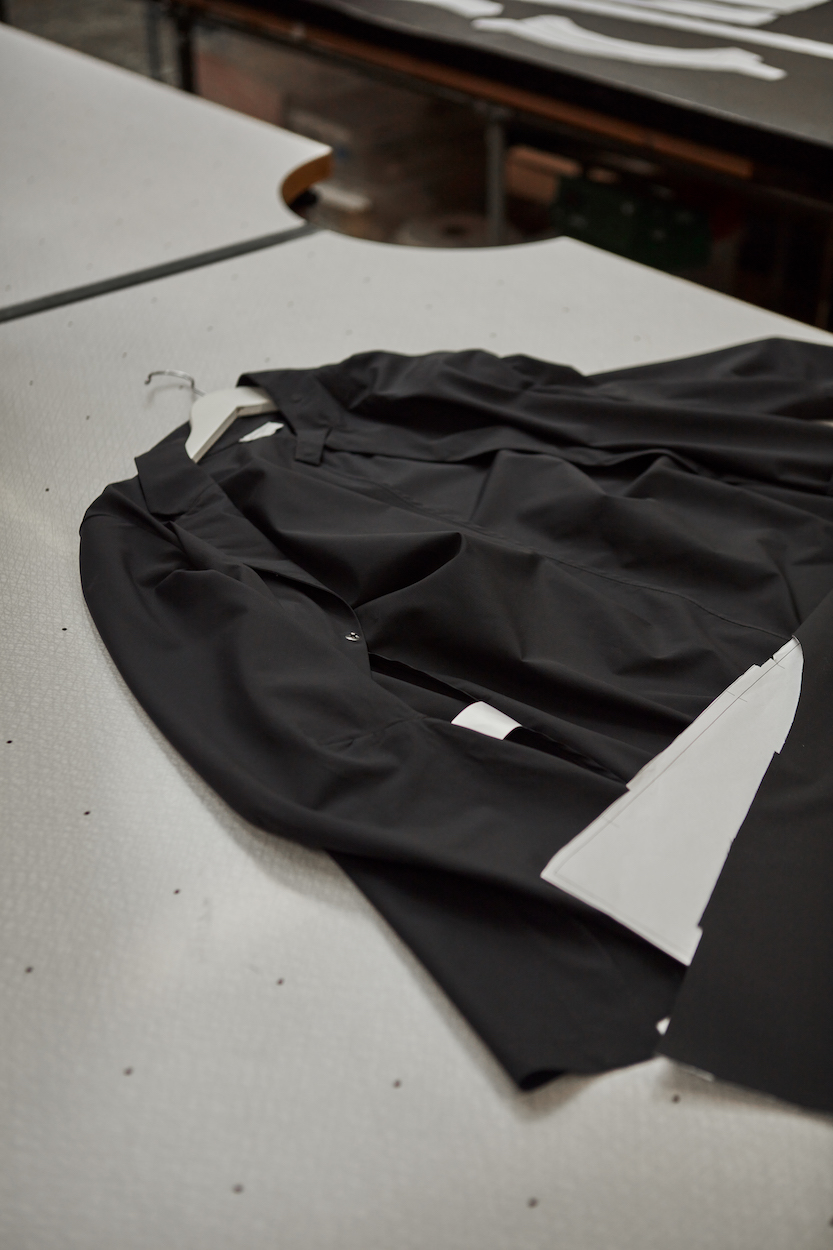
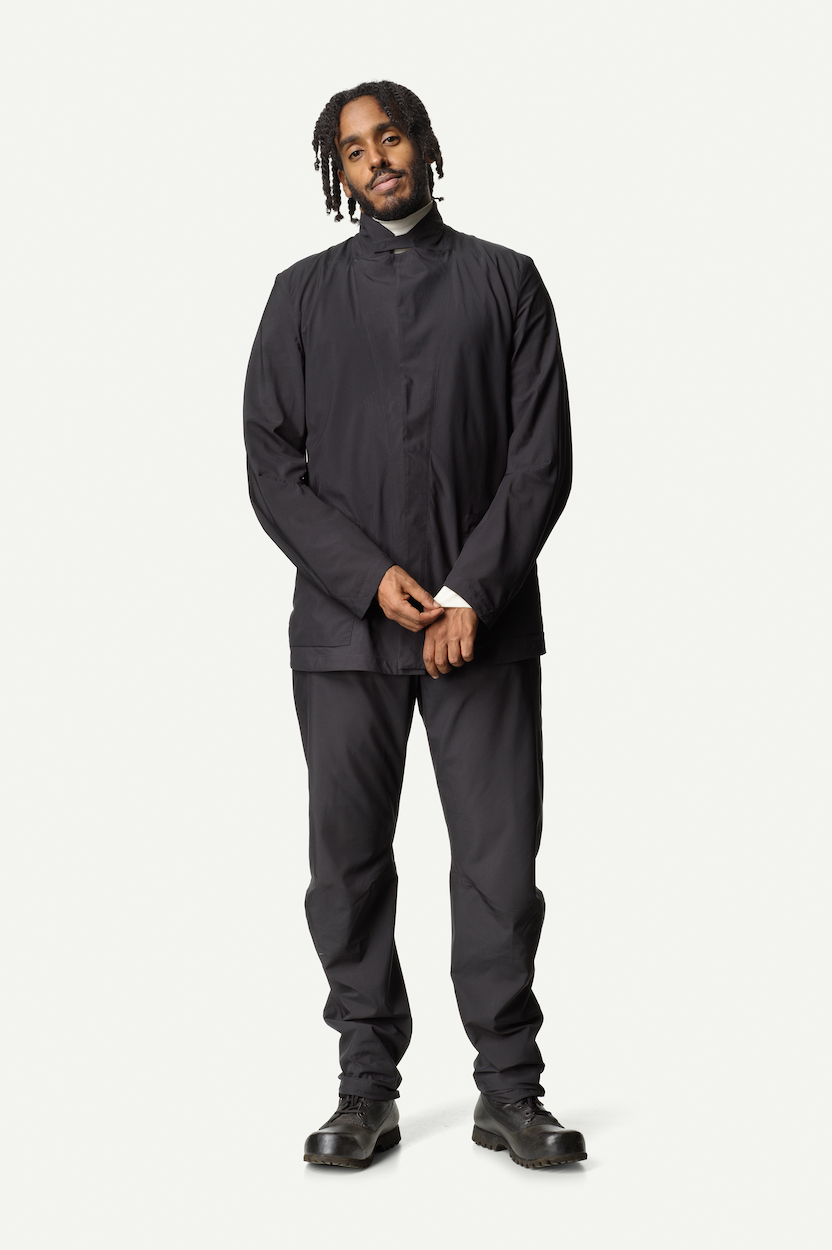
Conscious consumption and the right way to deal with it is a topic that has occupied us more and more intensively in recent years, but above all from the point of view of how we can reconcile our aspirations and a possible “less”.
Houdini Sportswear has thought about what a possible reduction without loss would have to bring and created two timeless designs, the Less Shirt and the Less Pants.
As part of today’s launch, we spoke with Jesper Danielsson, Head of Design & Product about the brand’s new ‘Less’-collection.
Wow! Great question! As a company, and as a user I believe it is to find a bigger belief or purpose. For us, it is to live by our vision of offering “maximum experience with zero impact – and beyond.” I also think it’s important to hold on to the belief that you as an individual can be that positive force – both in your personal- and professional life. From there, you can take it step by step. Small changes add up to big ones.
We always strive to work with the leaders within each field. The collaboration with [a]industri is no exception. They are clear frontrunners in designing supply chains for the future.
By centering their knowledge of product development and design, they’re able to combine design excellence with efficiency in production, resulting in high-quality garments and minimal waste. Using digital tools, we were able to scale down on the amount of samples we’d otherwise have needed to make in order to achieve the quality we were looking for. Instead, we were able to focus getting feedback from users as they tried out the garments for various activities. Being able to get their input early on in the design process allowed us to create products that become life-long companions.
Perhaps the most unique part of it all is the shared vision of a “glocal” supply chain. We’ve created a concept that can be scaled with local, small-scale manufacturers anywhere in the world. This way, we can offer globally relevant design, but produce close to the where the product is used, supporting local economies and revive the local textile industry.
In a great collaboration, 1+1 = 3. A big part of our collaboration ethos is about naturally pushing each other outside of our comfort zones, that’s where the magic happens. In this case, we were able to marry our technical craftsmanship and heritage with [a]industri’s expertise in tailoring and creating small runs. This allowed us to build a scalable concept for the future where digital processes will be key.
“In a great collaboration, 1+1 = 3”
I believe that Less will deliver above and beyond expectations. The combination of performance, style, and cut and will positively surprise the user. During the testing period someone said wearing the Less Jackets & Pants was “like wearing air”. When your design can create emotions like that, I think those emotions can become a catalyst for changes in thinking too, which ultimately might change people’s demand on clothing too: Maybe we don’t need more clothes, but instead we need clothes that can do more. That’s what we try to do with Less.
The material features the perfect balance between wind resistance and air permeability, meaning it’ll keep the wind out while keeping you comfortable at all times. The ripstop and tight weave give the fabric a drape that is forgiving to wear and that will hold up over time. C9 is extremely durable for its weight and allows you to pack it down into your pocket.
The UPF is a result of the great construction of the fabric. The design of the garment also provides good coverage from the sun, while it is still light, durable and has good air permeability while breaking the toughest wind.
As companies and as designers, we need to eliminate the possibility of making a bad choice through design. We need to help the end-user move away from a transactional economy and move into a relationship driven one: Instead of seeing the point of sale as the end of the customer journey, it could be just the beginning of it. Companies could create feedback loops with those who use their products and engage in a dialogue with them, which allows them to support longer lifecycles of their products by providing services like care, repair and reselling – before the product eventually comes back to the company for remake or recycling. We’d be able learn so much more about their customer’s true needs and be able to cater to those: Just like nature’s systems, a system like this would be a win-win-win for everyone, including the planet.
I want people to live large with less. It is a saying that keeps on coming back to me. It’s not about scaling down and not doing things – it’s about choosing and using garments that are designed to do more. Have you ever been in a situation where you said ‘no’ to something because you weren’t dressed for the occasion? It’s about eliminating that. It’s about creating garments that are smarter and become a multifunctional tool for the experiences you value. It’s about creating room for spontaneity in life and allowing you to say ‘yes’, whether that’s to meeting your friends in the pub, going for a hike or meeting your in-laws.
Secondly, one man’s trash is another one’s treasure. Support initiatives and brands that promote multiple lifecycles of garments, and make sure you give products that opportunity. Everything we use is merely borrowed from the environment around us and will need to go back to nature at some point. Remembering that can be challenging sometimes, but if you start implementing that way of thinking in how you treat ‘stuff’, it can really change your outlook on the things you buy and use.
Coming at it from a design perspective, the opportunities are endless when creating garments one by one for each user. The biggest step is that we’re moving the production phase: Instead of producing garments before knowing how much demand there actually is for a certain product, we produce only after a transaction has taken place. That allows us to build a relationship from scratch with the person who’s placed the order. In the long run, this means there’s room for customization in terms of style, fit, size and features to fit each individual user, which can spark so much creativity. Looking at it from a user’s perspective, I think we need to be careful with equating the quantity of choice with quality of choice: Sometimes having too much to choose from can become a restriction, rather than an added benefit. Having less choices, but having better ones among them, can be more liberating than the freedom of choice itself. With Less, we’re taking the first step towards that.
The ‘Less’-collection is available from today, the 14th of April via Houdinisportswear.com

Sophie Thatcher, best known for her role in the critically acclaimed series…
Photography by Jason Renaud; Interview by Louise Garier

"We have to create something that has a purpose and is useful. And not forced by the…
Interview Carolin Desiree Becker

Supporting Sydney’s cultural scene: This month’s collaboration reminds us of happy…
Interview by Sina Braetz